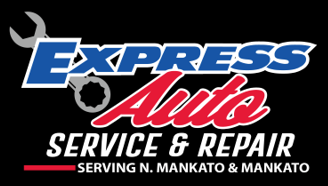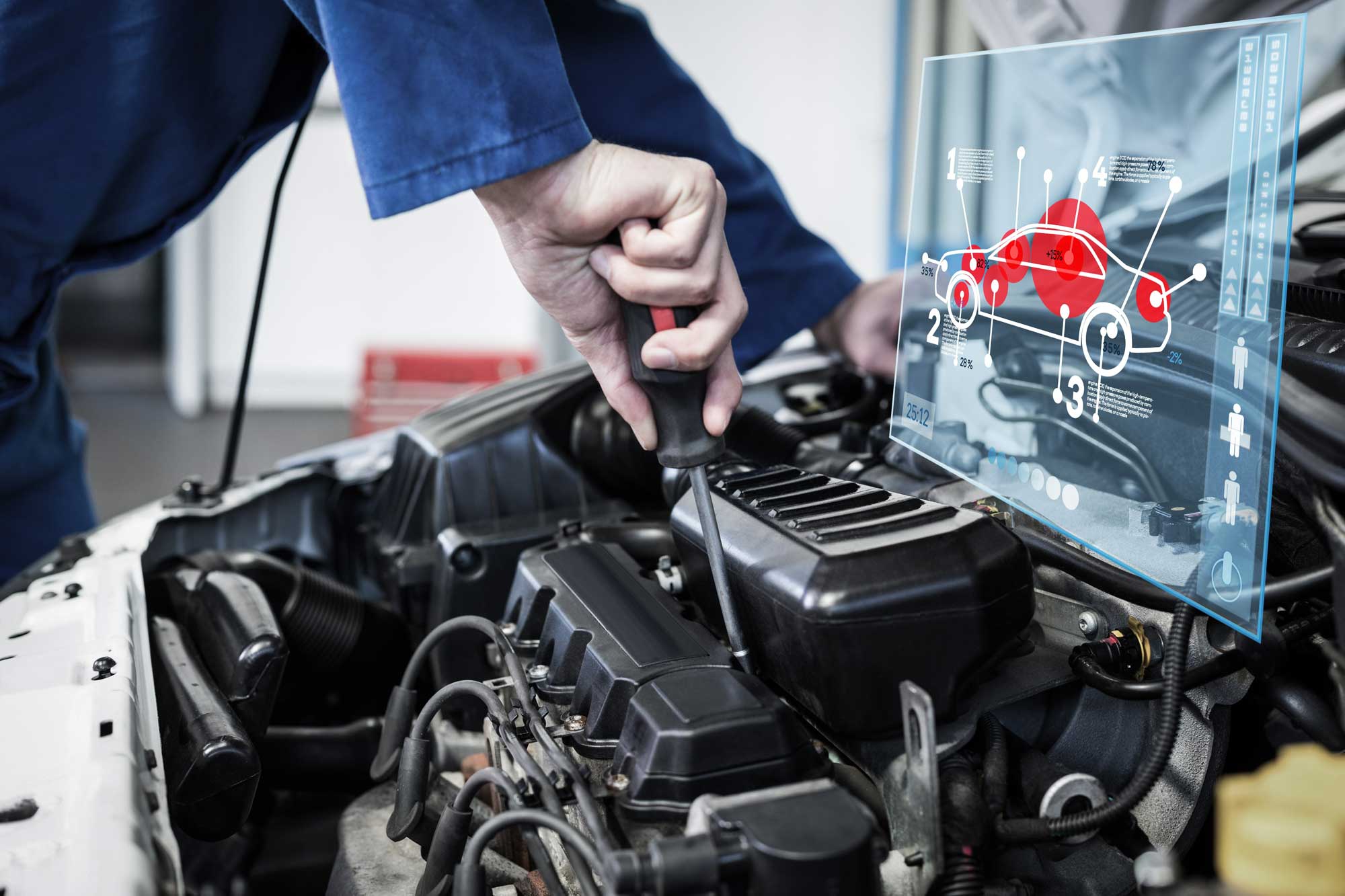Car Axles, Struts & Shocks | Mankato, MN
Are you facing any Steering Problems? You May Need New Car Shocks!

Do these Signs of Car Axles, Struts, or Shocks Problems Look Familiar?
These symptoms indicate that you should schedule a service and repair to your vehicle’s wheel alignment, steering, drive train, or vehicle suspension system:
- Tire noise or uneven wear on your tires
- Off-center steering wheel
- Vibration, drifting, pulling, or swaying
- Loud, screeching noises at low speeds
How can our ASE Certified Auto Mechanics help you?
By replacing worn-out parts, such as the car axles, struts, or shocks, you will regain control and improve drivability. An inspection of a suspension system will include:
- Steering and suspension system
- Car Axles
- Car Struts
- Car shocks
- Air pressure
- Sensors
- Alignment
We recommend an inspection of your suspension system at least every 6 months or 6,000 miles. For quality repair, we use leading brand-name parts.
Proudly Serving Vehicle Owners In Mankato, MN | North Mankato, MN | New Ulm, MN | St. Peter, MN
Frequently Asked Questions
How do you know if your struts are going bad?
Worn struts often cause bouncing up and down, shaking, strange Noises, unevenly worn tires, hydraulic fluid leaks, or your car leaning when turning. If driving feels unstable, it may be time to replace them. Read More
What happens when car shocks go bad?
Bad shocks reduce ride comfort, cause longer stopping distances, hydraulic fluid leakage, prolonged bouncing, excessive swaying, premature tire wear, rear squatting, and poor handling, making your car unsafe to drive. Read More
What are the symptoms of bad struts?
Bad struts cause bouncing, braking problems, uneven tire wear, poor handling, and unusual noises over bumps. Read More
What happens if you don't replace struts?
Ignoring worn struts can lead to unsafe handling, increased stopping distance, uneven tire wear, and costly suspension damage. Read More
When should car shocks be replaced?
Car shocks should typically be replaced every 50,000–100,000 miles or sooner if you notice poor handling, bouncing, or uneven tire wear. Read More
Are you facing any Steering Problems? You May Need New Car Shocks!

Do these Signs of Car Axles, Struts, or Shocks Problems Look Familiar?
These symptoms indicate that you should schedule a service and repair to your vehicle’s wheel alignment, steering, drive train, or vehicle suspension system:
- Tire noise or uneven wear on your tires
- Off-center steering wheel
- Vibration, drifting, pulling, or swaying
- Loud, screeching noises at low speeds
How can our ASE Certified Auto Mechanics help you?
By replacing worn-out parts, such as the car axles, struts, or shocks, you will regain control and improve drivability. An inspection of a suspension system will include:
- Steering and suspension system
- Car Axles
- Car Struts
- Car shocks
- Air pressure
- Sensors
- Alignment
We recommend an inspection of your suspension system at least every 6 months or 6,000 miles. For quality repair, we use leading brand-name parts.
Proudly Serving Vehicle Owners In Mankato, MN | North Mankato, MN | New Ulm, MN | St. Peter, MN
Frequently Asked Questions
How do you know if your struts are going bad?
Worn struts often cause bouncing up and down, shaking, strange Noises, unevenly worn tires, hydraulic fluid leaks, or your car leaning when turning. If driving feels unstable, it may be time to replace them. Read More
What happens when car shocks go bad?
Bad shocks reduce ride comfort, cause longer stopping distances, hydraulic fluid leakage, prolonged bouncing, excessive swaying, premature tire wear, rear squatting, and poor handling, making your car unsafe to drive. Read More
What are the symptoms of bad struts?
Bad struts cause bouncing, braking problems, uneven tire wear, poor handling, and unusual noises over bumps. Read More
What happens if you don't replace struts?
Ignoring worn struts can lead to unsafe handling, increased stopping distance, uneven tire wear, and costly suspension damage. Read More
When should car shocks be replaced?
Car shocks should typically be replaced every 50,000–100,000 miles or sooner if you notice poor handling, bouncing, or uneven tire wear. Read More


